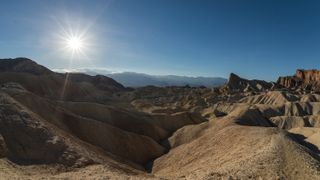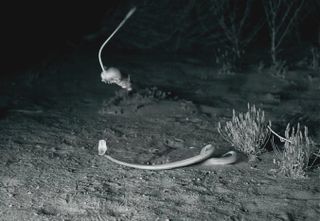Deserts
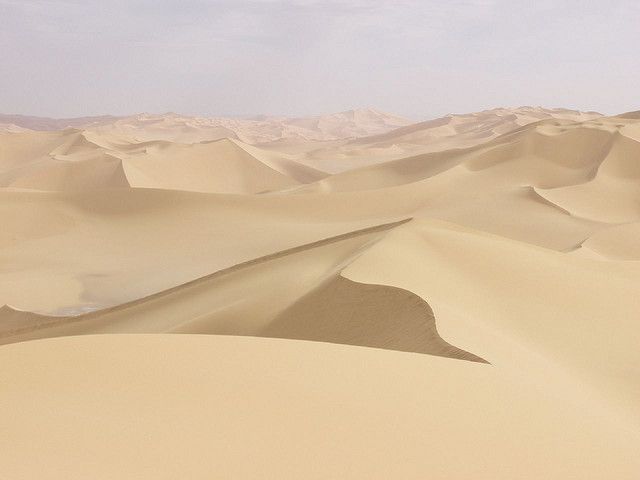
A desert is defined as an area where less than 19.6 inches (50 centimeters) of rain falls each year. Deserts cover about one third of the Earth's land surface. Examples of famous deserts include the Sahara, Atacama and Mojave deserts. Deserts aren't just hot and dry places, though; like Antarctica, they can also be cold and dry. Read below for news about these driest spots on Earth.
Latest about deserts
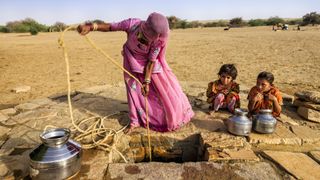
Why is this giant desert turning green? Scientists may finally know the answer.
By Olivia Ferrari published
Many deserts face worsening droughts, but India's Thar Desert has become 38% greener in the past 20 years due to increased rainfall and expanding agriculture in the region, according to a new study.
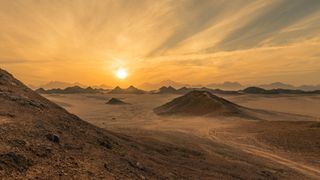
Why are deserts dry?
By Laurel Hamers published
Deserts are found around the world, including next to oceans. But why are these regions dry?
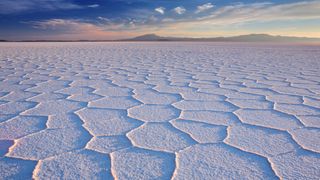
Scientists solve mystery behind strange honeycomb pattern in salt deserts
By Sascha Pare published
Physicists have finally uncovered the mechanism behind the spectacular patchwork of hexagons on salt flats. The answer lies hidden beneath the crust and works like a donut-shaped radiator.

15 strange desert animals
By Stephanie Pappas published
Countdown Deserts are full of oddball animals. Here are 15 of the strangest.
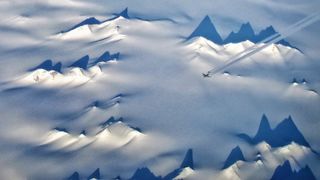
What's the largest desert in the world?
By Elizabeth Rayne published
The largest hot desert and cold desert in the world are anything but boring and barren.

How Cacti Survive: Surprising Strategies Quench Thirst
By Corey Binns last updated
They work the night shift, let their roots die, and fend off thirsty predators to conserve every precious drop.
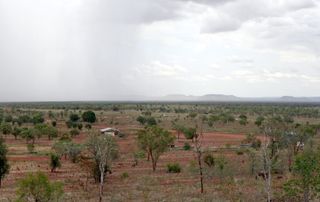
Carbon Dioxide Greening Deserts
By Becky Oskin last updated
Desert plants leafing out as atmospheric carbon dioxide levels rise.
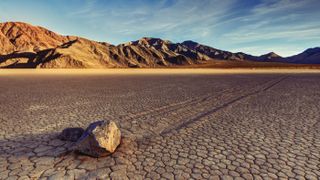
Death Valley hits 130 degrees, nearly breaking heat record
By Jeanna Bryner published
Temperatures over 120 degrees Fahrenheit are part of a "heat dome" scorching the western United States.
Get the world’s most fascinating discoveries delivered straight to your inbox.


